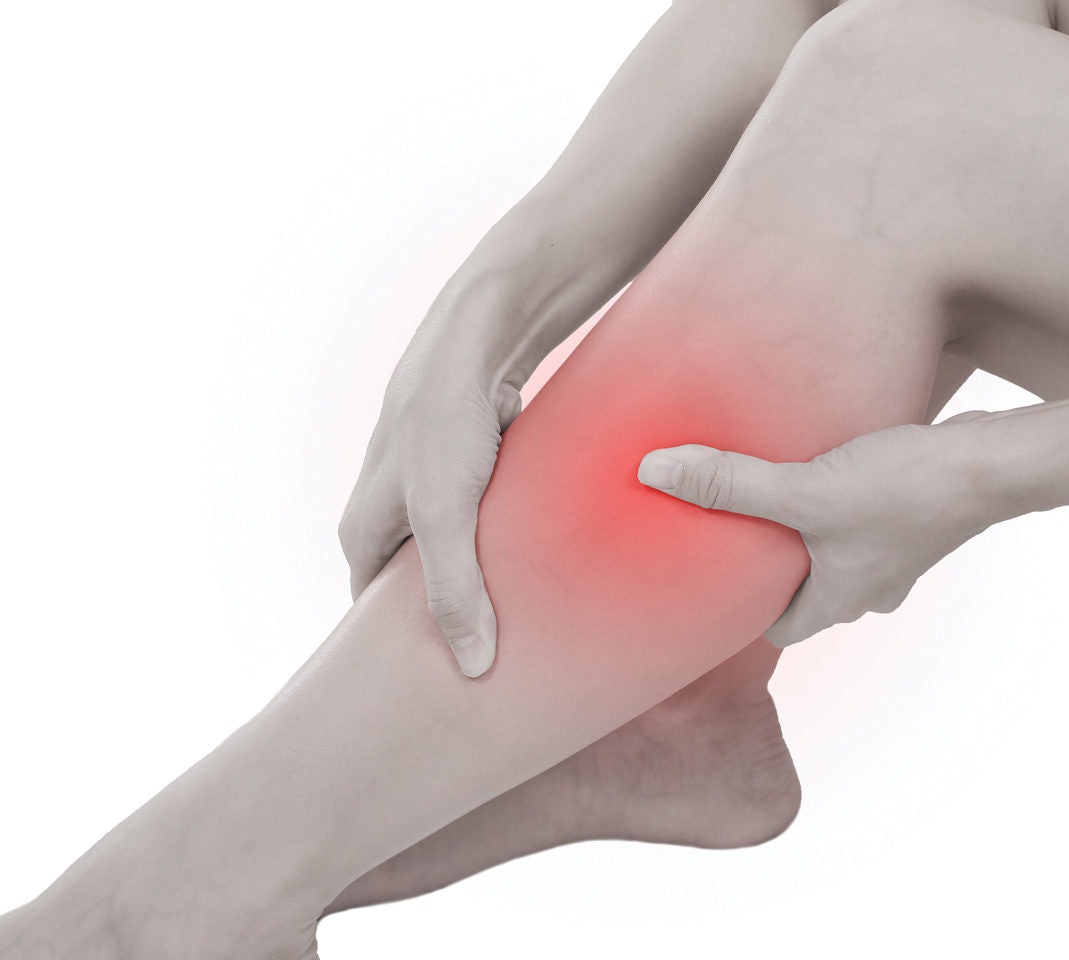Understanding Muscle Cramps
Muscle cramps are involuntary and often painful contractions of the muscles. They can strike at any time, causing disruption and discomfort in daily activities. These cramps are most commonly experienced in the feet, legs, and hands, particularly during periods of rest or when holding awkward positions for extended periods.
An episode can last from a few seconds to several minutes and can affect anyone, regardless of age or activity level. However, certain groups are more susceptible, including athletes, older adults, and those with certain health conditions.
The Causes of Muscle Cramps
Cramps can stem from various factors that impact muscle function and health. Recognizing these causes can help in prevention and management:
- Dehydration: Insufficient water intake or excessive loss through sweat can lead to cramps. Maintaining hydration is vital, particularly during vigorous activities.
- Vitamin and Mineral Deficiency: Essential nutrients like calcium, magnesium, and potassium play a critical role in muscle function. Insufficient levels can increase the likelihood of cramps.
- Poor Circulation: Blood flow restrictions, caused by factors such as obesity, compression of blood vessels, or sedentary lifestyle, can result in cramps.
- Nerve Damage: Damaged nerves may disrupt the signals sent to muscles, leading to irregular contractions.
- Injuries and Overuse: Intense physical activities without adequate rest can cause muscle fatigue resulting in cramps.
- General Health Issues: Conditions like diabetes, multiple sclerosis, and thyroid disorders may contribute to chronic muscle cramping.
Preventing Muscle Cramps
There are several proactive strategies to reduce the risk of muscle cramps:
- Stay Hydrated: Ensure adequate water consumption throughout the day, especially during and after intensive physical activity.
- Maintain a Balanced Diet: Incorporate calcium, magnesium, potassium, and vitamins into your diet. Foods like bananas, leafy greens, nuts, and dairy products are excellent sources.
- Regular Stretching and Exercise: Engage in a regular exercise routine that includes stretching to improve flexibility and circulation.
- Monitor Your Position: When seated or engaged in an activity for extended periods, be mindful of your posture to avoid undue strain.
- Consider Temperature: Keeping the body at an optimal temperature can help prevent spasms. Avoid cold environments that may lead to muscle tightening.
Addressing Muscle Cramps: Immediate Relief
If a muscle cramp occurs, there are effective methods to address the pain:
- Gentle Stretching: Stretch the affected muscle gently and hold it in a stretched position until the cramp subsides. This can help relieve tension.
- Massage: Massaging the cramped muscle can increase blood flow and encourage relaxation. Use gentle pressure to avoid exacerbating the pain.
- Apply Heat: Using a warm towel or heat pad can help relax tight muscles and enhance blood circulation.
- Stop Activity: If you are engaged in an activity when a cramp occurs, stop immediately to prevent further injury.
Conclusion
Muscle cramps can be an uncomfortable and disruptive experience. By understanding the causes and implementing effective prevention strategies, individuals can reduce the likelihood of muscle spasms. Being proactive about hydration, nutrition, and overall muscle care can significantly enhance one’s quality of life.



